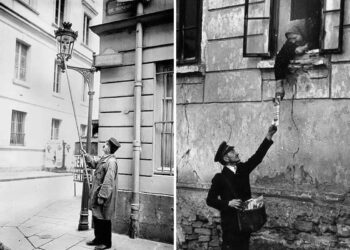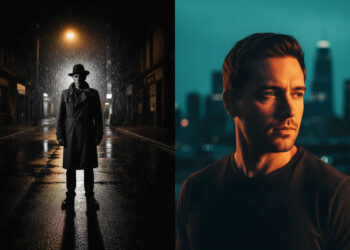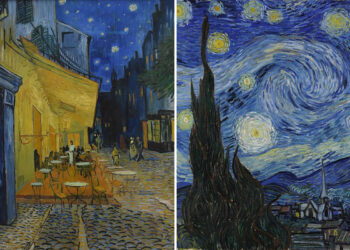Rembrandt van Rijn — now that’s a name that echoes through the art world like a legend. Born in 1606 in the Netherlands, Rembrandt wasn’t just a painter — he was a storyteller who used light and shadow like magic spells. His famous Rembrandt paintings — from epic portraits to intimate biblical scenes and revealing self-portraits — weren’t just pictures; they were emotional experiences that pulled you right into the soul of his subjects. The guy painted people the way life actually looked — raw, flawed, and full of feeling.
In an age where art often focused on perfection, Rembrandt broke the rules. He gave us wrinkles, tears, and vulnerability — turning ordinary faces into timeless symbols of humanity. His ability to paint emotion and capture inner depth was something no one else in the Dutch Golden Age could touch. From the mysterious glow in The Night Watch to the heartbreak of The Return of the Prodigal Son, each canvas tells a story that still hits deep today.
In this article, we’ll dive into 15 famous Rembrant paintings — the kind every art enthusiast should know. You’ll uncover the drama, secrets, and genius behind each one — the works that made Rembrandt not just a painter, but a poet of light and emotion. So, let’s step inside the warm glow of his world, where every brushstroke feels like a heartbeat from history.
#1. The Night Watch (1642)
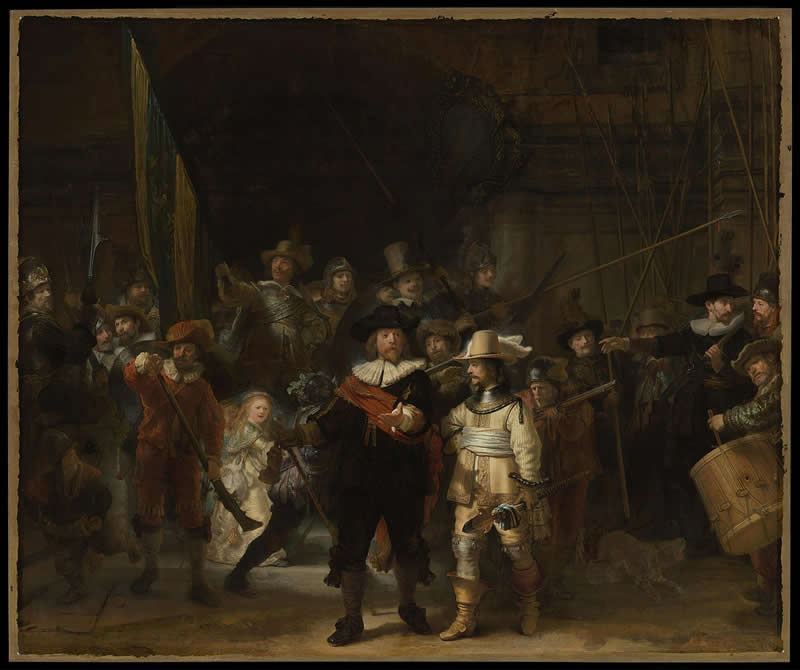
If you’ve ever seen a Rembrandt painting that feels alive, it’s The Night Watch. This massive canvas doesn’t just show a group of city guards — it captures a moment mid-action, full of energy and motion. Instead of stiff poses, Rembrandt went cinematic. The captain and lieutenant stride forward while light slices through the chaos like a spotlight. The play of light and shadow gives this painting its pulse. Fun fact: it’s actually not set at night — the dark varnish made it look that way over time.
What makes The Night Watch legendary isn’t just the technical skill — it’s the story it tells. It’s about unity, civic pride, and movement, all captured in a single scene. This was Rembrandt’s flex — proof that he could turn a routine portrait into a grand narrative that feels alive 400 years later.
#2. The Anatomy Lesson of Dr. Nicolaes Tulp (1632)
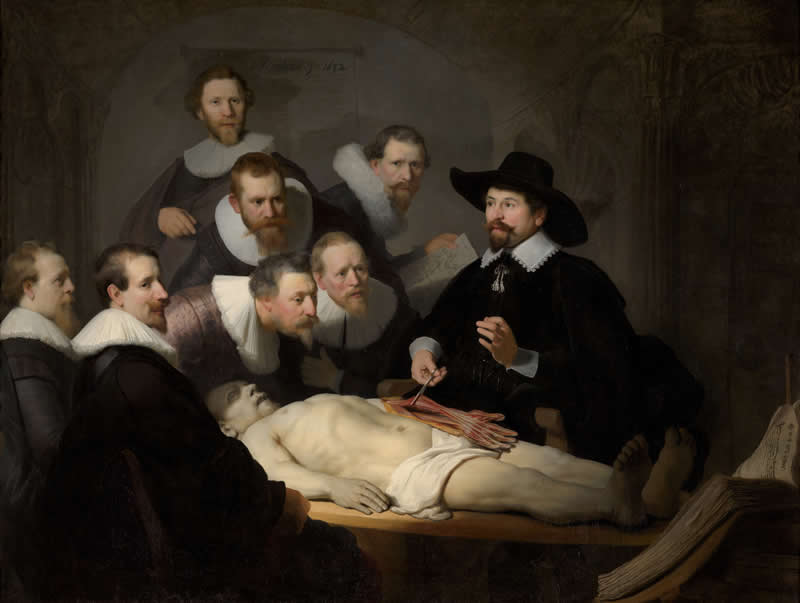
Talk about dramatic! This painting put Rembrandt on the map. The Anatomy Lesson shows Dr. Tulp demonstrating a dissection to fellow surgeons, and it’s anything but dull. The expressions, the tension, and the subtle storytelling pull you right into the room.
What’s brilliant here is how Rembrandt made science emotional. He didn’t just paint a body — he painted curiosity, concentration, and a little discomfort. Each face tells its own mini-story. The use of chiaroscuro (light-dark contrast) adds suspense like a movie scene. It’s proof that even early in his career, Rembrandt knew how to make the mundane look monumental.
#3. The Storm on the Sea of Galilee (1633)
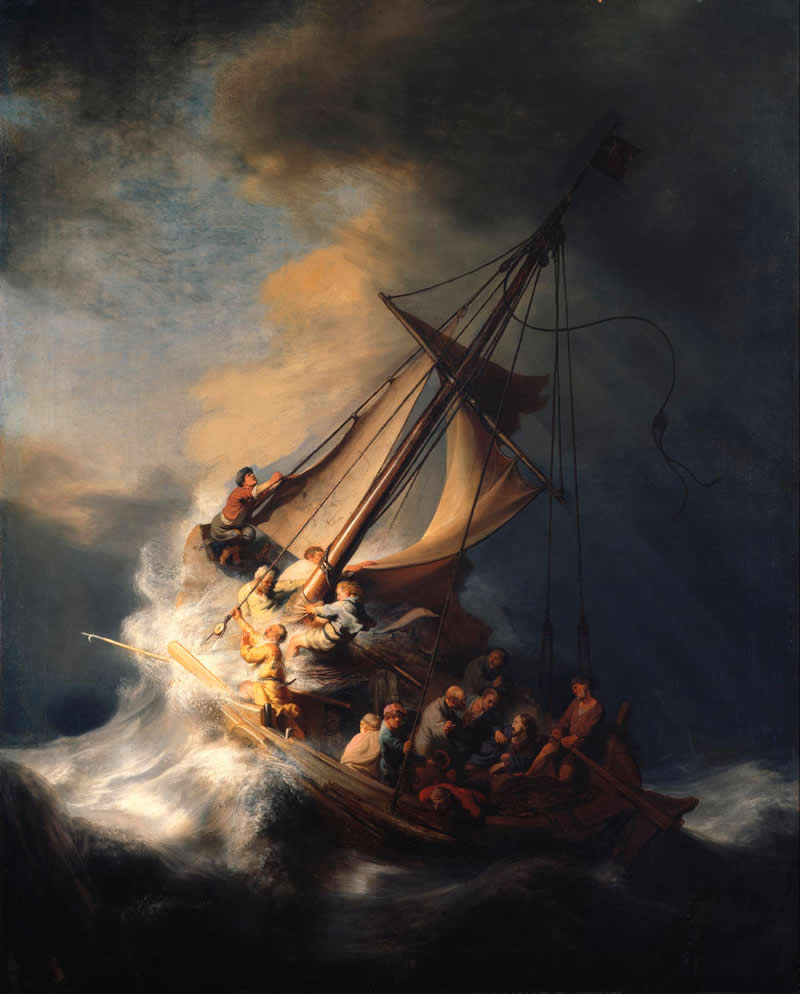
This one hits like a wave. Literally. It’s Rembrandt’s only seascape — and it’s wild. You can almost feel the wind tearing through the sails as the disciples fight to keep the boat from capsizing. The waves crash, lightning strikes, and chaos reigns — until your eyes find Jesus, calm and composed.
The balance between motion and faith is what makes this piece unforgettable. Sadly, it was stolen in 1990 from the Isabella Stewart Gardner Museum in Boston and has never been recovered. But even in its absence, its legend grows. This painting captures what Rembrandt did best — making divine stories human and dramatic.
#4. The Jewish Bride (1667)

Tenderness has never looked this soft on canvas. The Jewish Bride is one of Rembrandt’s most touching works — a quiet scene of love and devotion. The man gently rests his hand on the woman’s chest, and her gaze radiates warmth.
The textures of the fabric shimmer with gold and crimson, but it’s the emotion that steals the show. No grand gesture, no spectacle — just raw, human connection. Art critics say it’s one of the most beautiful depictions of love ever painted. Rembrandt turned a private moment into eternal poetry.
#5. The Return of the Prodigal Son (1669)
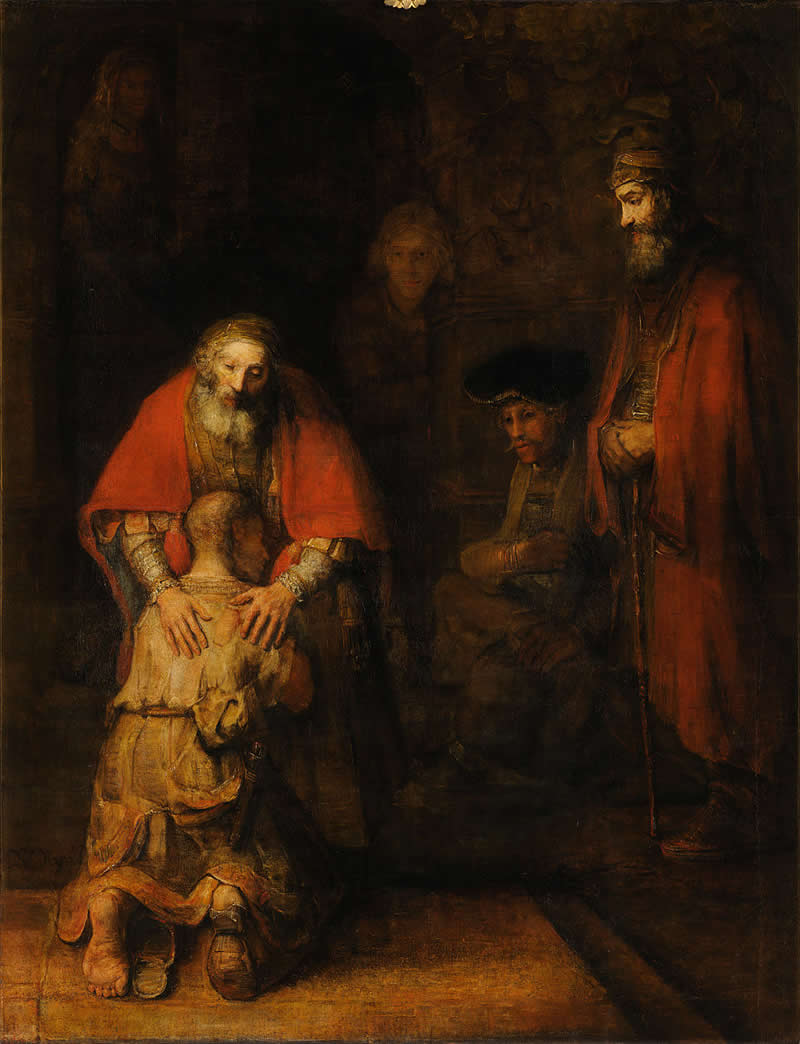
This painting feels like forgiveness captured in oil. The weary son kneels before his father, his clothes tattered and dirty, while the father’s hands rest gently on his back. The glow of light feels spiritual, wrapping the whole scene in warmth and grace.
Rembrandt painted this near the end of his life, and it shows maturity and compassion shaped by hardship. You can sense that he understood loss and mercy on a personal level. It’s not just biblical — it’s human. This one isn’t just a painting; it’s a sermon on love.
#6. Self-Portrait with Two Circles (1665–1669)

Rembrandt painted more self-portraits than almost anyone — around 80 of them! This one stands out because it’s mysterious. He stares right at you, confident yet tired, holding his palette and brushes. Behind him, two faint circles hint at his mastery of geometry and perfection.
This isn’t vanity — it’s a statement. He’s showing us the artist as a craftsman and philosopher, aware of his own brilliance and mortality. Every brushstroke feels personal, as if he’s saying, “This is me — flaws, genius, and all.”
#7. The Mill (1645–1648)
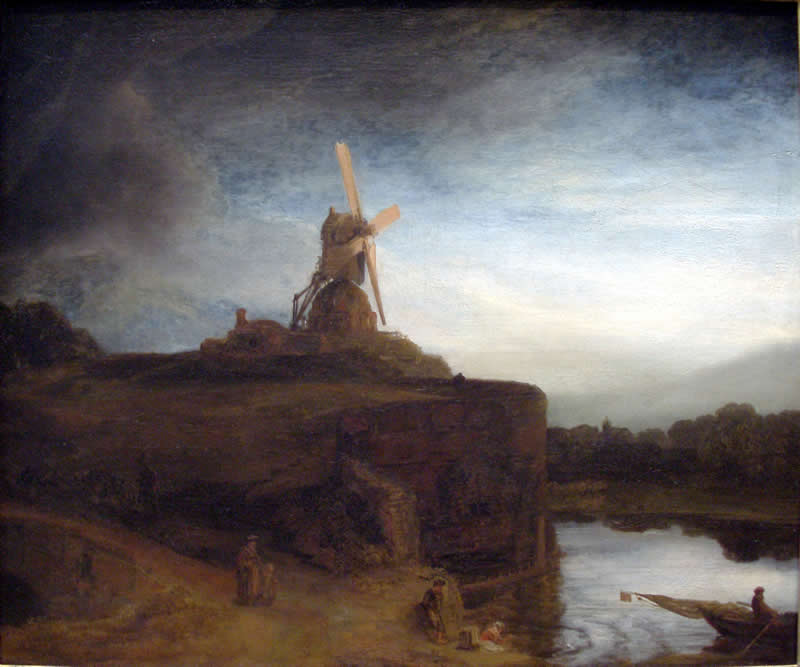
If peace had a color, it would look like The Mill. This moody landscape shows a windmill standing tall under a stormy sky, overlooking a quiet river. It’s one of Rembrandt’s rare landscape paintings, yet it hits as deeply as his portraits. The contrast between the glowing light and the gathering clouds feels symbolic — like a visual sigh between light and darkness.
Many believe The Mill reflects Rembrandt’s own emotional weather at the time — personal loss, financial struggle, and the constant battle between hope and hardship. The way he painted the sky, with that faint golden light fighting through the clouds, almost feels like a metaphor for resilience.
This painting isn’t just scenery — it’s mood, soul, and silence on canvas. It reminds us that Rembrandt wasn’t only a master of people — he was a poet of atmosphere. Every brushstroke whispers: even in gloom, beauty survives.
#8. The Syndics of the Drapers’ Guild (1662)

This masterpiece feels like a board meeting — 17th-century style. Five men sit around a table, mid-discussion, with expressions so real you can almost hear the conversation. It’s a group portrait, but each man feels distinct.
Rembrandt’s trick? Lighting and positioning. He catches them in motion, creating an honest, almost candid moment. The Syndics shows his genius in turning formal portraits into living, breathing moments of Dutch life.
#9. The Blinding of Samson (1636)
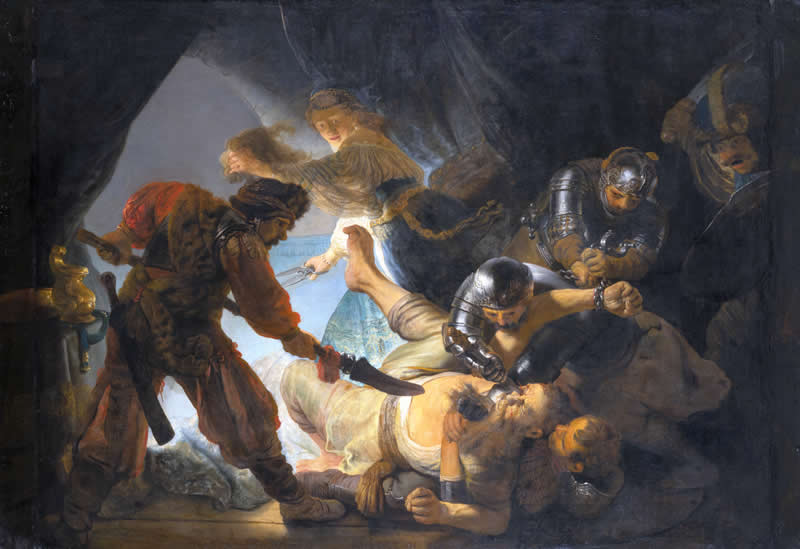
This one’s pure drama. Samson’s eyes are being gouged out as soldiers restrain him — and the chaos leaps off the canvas. The play of shadow, the terror on faces, and the intense realism make this one unforgettable.
Rembrandt didn’t hold back on emotion here — pain, betrayal, and shock dominate the scene. It’s brutal but beautiful in its storytelling. This is where Rembrandt’s cinematic instincts shine the brightest.
#10. The Holy Family (1645)
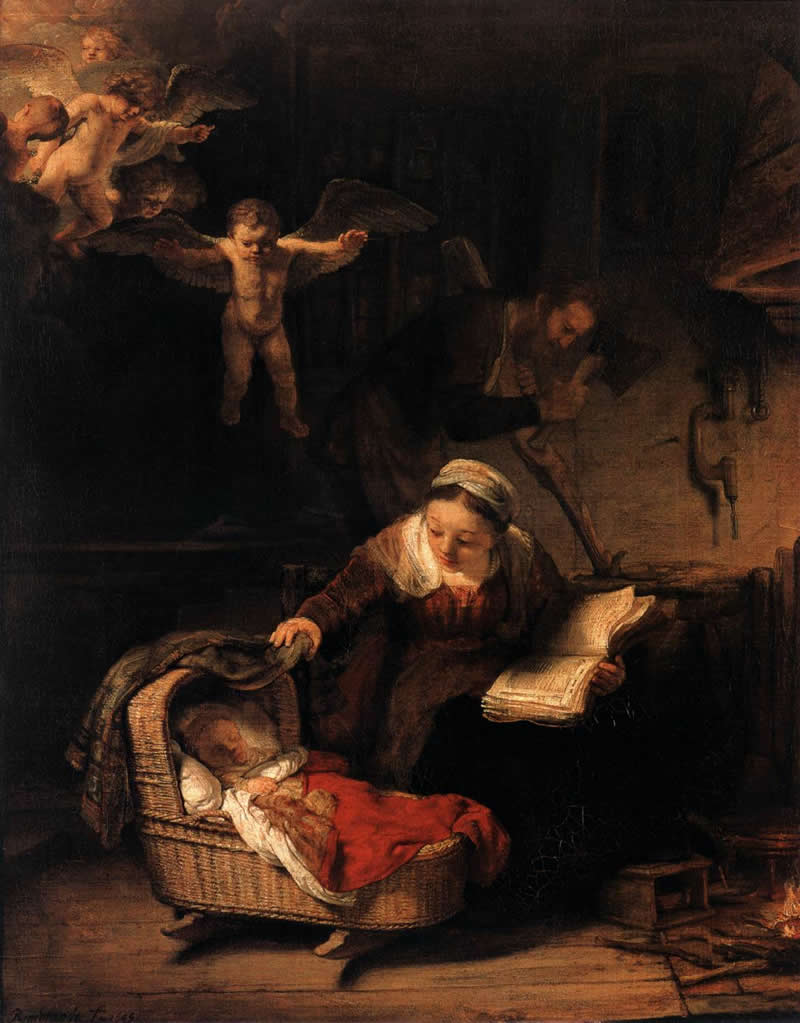
The Holy Family is Rembrandt at his most tender. This warm, intimate scene shows Mary, Joseph, and baby Jesus not as distant holy figures, but as a real family sharing a quiet evening at home. The gentle glow of candlelight wraps the scene in peace — Mary cradles her child, Joseph works in the background, and everything feels grounded and human.
What’s magical here isn’t just the lighting — it’s the mood. Rembrandt drops all grandeur and gives us love in its simplest form: a mother’s touch, a father’s presence, a child’s innocence. The way he handles the shadows — soft, calm, protective — turns the domestic into the divine.
Unlike other religious art that screams of holiness and gold halos, this painting whispers faith through warmth and stillness. It shows Rembrandt’s deep understanding of what makes humanity sacred — not miracles, but love. It’s quiet, heartfelt, and timeless — proof that even the smallest moments can hold eternal light.
#11. The Polish Rider (1655)
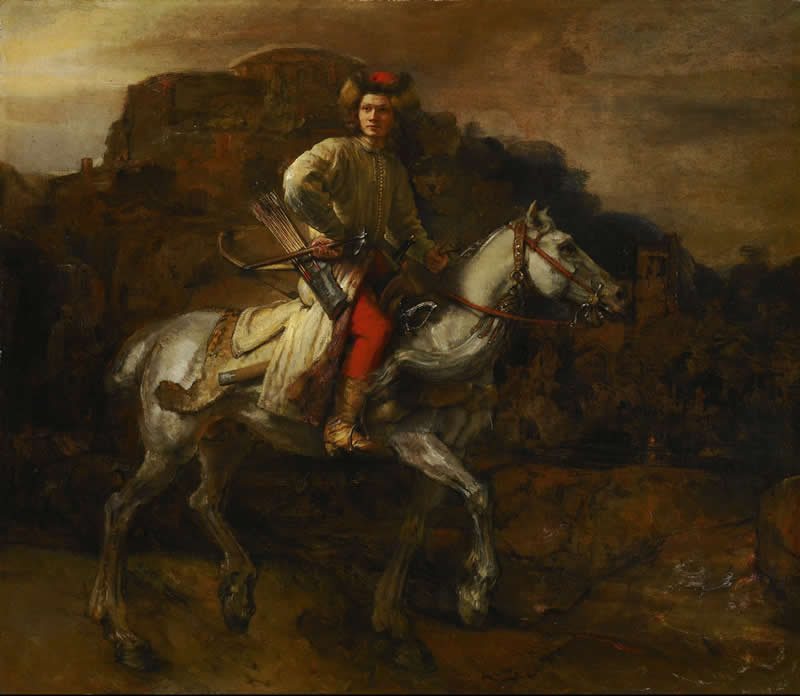
This mysterious painting shows a lone rider on horseback, set against a misty landscape. Who he is remains a mystery — a warrior, a messenger, or maybe a symbol of life’s journey.
Rembrandt’s mastery of atmosphere takes center stage here. The mix of motion, solitude, and symbolism gives the painting an almost cinematic quality — quiet, haunting, and unforgettable.
#12. Belshazzar’s Feast (1635)
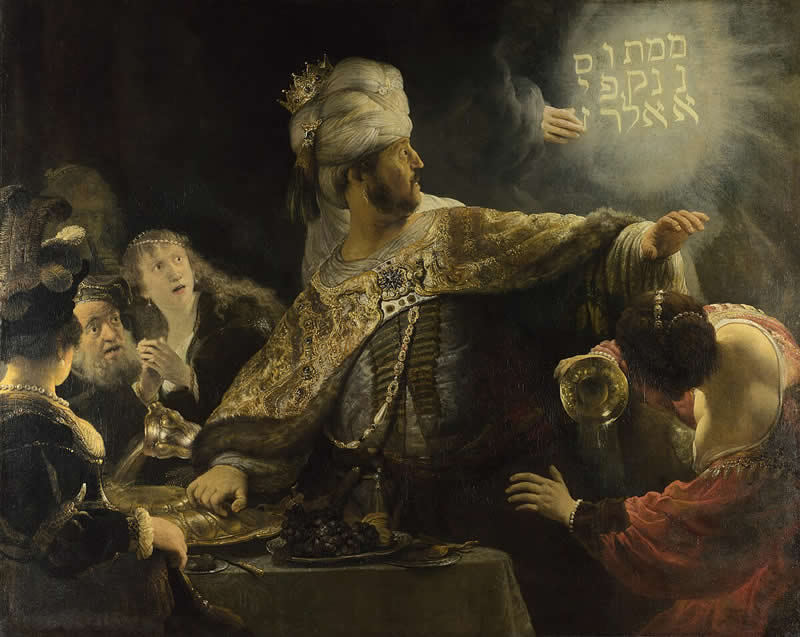
This one’s all about drama and divine warning. It depicts the biblical story where mysterious handwriting appears on a wall, foretelling the king’s downfall. The shock on everyone’s face is so vivid it feels like a movie freeze-frame.
Rembrandt blends theatrical light and vibrant gold tones, making the supernatural moment feel startlingly real. It’s storytelling at its finest — suspense, fear, and awe packed into one masterpiece.
#13. The Apostle Paul (1661)
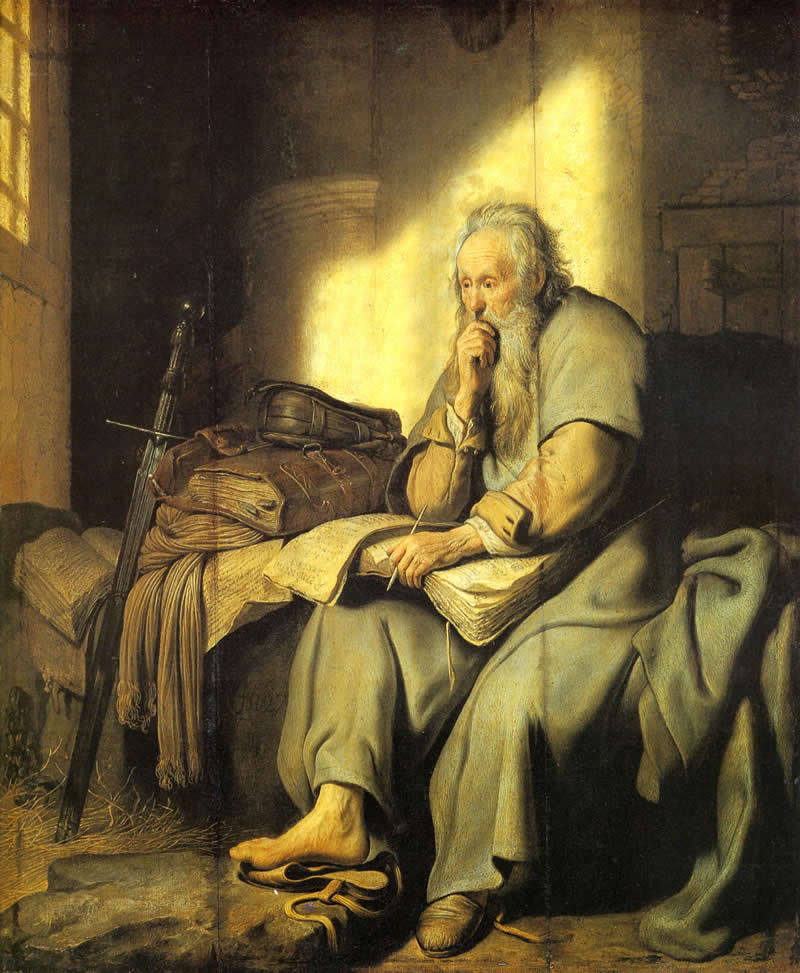
In this quiet, introspective portrait, Rembrandt captures the apostle deep in thought, holding a letter. The gentle lighting and muted tones give it a spiritual calmness.
This painting isn’t about grandeur — it’s about wisdom, solitude, and faith. You can sense Rembrandt’s empathy for his subject. It’s contemplative art that speaks softly but powerfully.
#14. Self-Portrait as the Apostle Paul (1661)
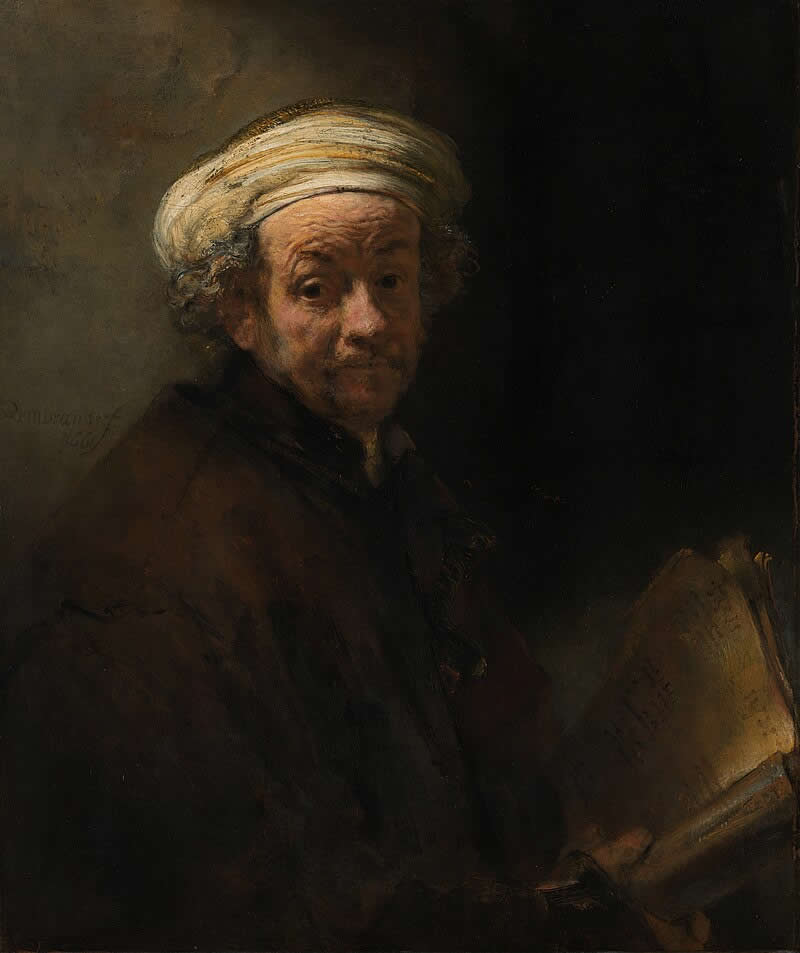
Here, Rembrandt merges himself with the Apostle Paul — artist and saint, one in spirit. He’s older, weary, and wise. The texture, the wrinkles, and the thoughtful eyes make it hauntingly real.
This piece feels like Rembrandt’s confession — a reflection of faith, struggle, and redemption. He painted himself not as a hero, but as a flawed man searching for meaning.
#15. Aristotle with a Bust of Homer (1653)
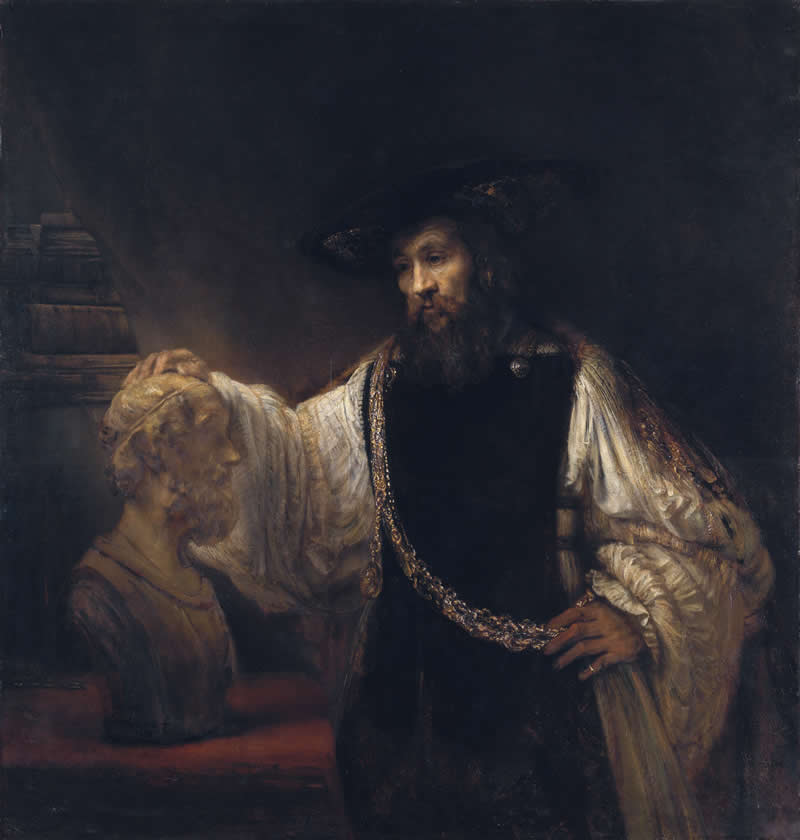
In this masterpiece, Aristotle rests his hand on a bust of Homer, lost in thought. The gold chain glows against his dark robe, symbolizing wealth — but his gaze shows something deeper: reflection on wisdom and legacy.
This painting is philosophical at heart. It’s about knowledge versus fame, material versus spiritual. And in true Rembrandt fashion, the light reveals not just form — but the soul.
Conclusion
Rembrandt wasn’t just painting people — he was painting life. His brush saw through appearances, pulling out the emotions, flaws, and humanity that connect us all. Each of these 15 masterpieces shows why his work still hits hard centuries later — because he never chased perfection; he chased truth.
From the heroic energy of The Night Watch to the gentle forgiveness in The Prodigal Son, Rembrandt captured the full spectrum of the human spirit. He turned light into language, emotion into art, and silence into story. That’s why his paintings still glow with life today — timeless, raw, and utterly human.
For every art enthusiast, diving into Rembrandt’s work isn’t just a history lesson — it’s a masterclass in empathy, storytelling, and the beauty of imperfection.


